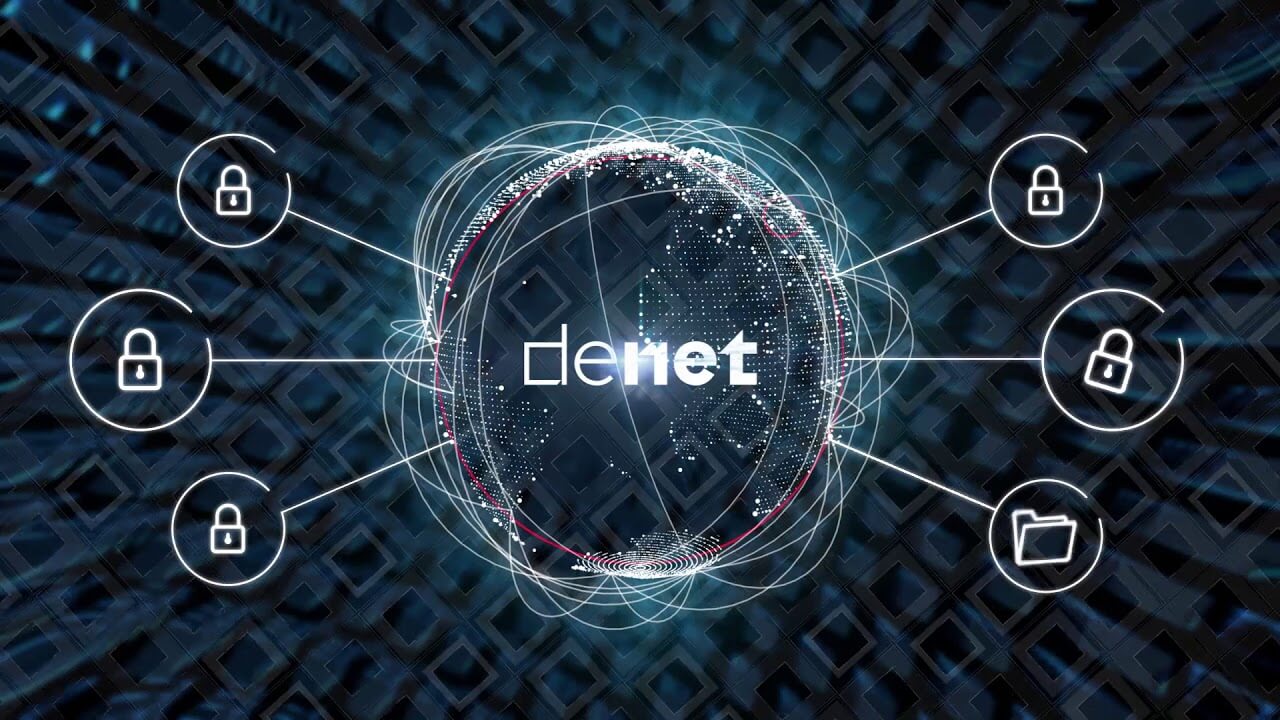

Non-fungible tokens (NFTs) may be the word of 2021 in Collins Dictionary but the main question on how and where to store them still waits to be answered.
Rafik Singatullin, co-founder and CEO of decentralised data platform DeNet claims that there is a need for a new type of NFT storage system that would belong to its owner, and not be available to anyone.
Singatullin told Coin Rivet he thinks blockchain technology could lead to a similar fast development in technology as the internet itself was in previous decades.
“Community needs fast, interoperable blockchains and applications, able to process hundreds of transactions per second,” he said.
Users are now insisting on taking part in every aspect of the crypto industry and they won’t accept some application serving the interests of a certain group of people, such as with Facebook/Meta.
“The example of this corporation quite explicitly demonstrates how the principles of centralised control are coming to a dead end, distancing more and more from the interests of the users,” said Singatullin.
“This is why in the blockchain/crypto industry the principles of decentralisation and the power of community are the cornerstones, the religion of the community.
“In fact, they are considered to be the only – although hard – way towards the harmonisation of the interests of all parties and the components of all projects, starting with basic blockchain technologies to all the way towards complex decentralised applications and communities, united in decentralised autonomous organisations and corporations (DAO and DAC).”
Singatullin stressed there was, however, one layer of infrastructure that has to become the foundation of digital ownership.
“It is interaction of non-fungible tokens (NFT) which are in effect the proof of ownership, with the data outside of NFT which is the object of these rights.”
He asserted there was a need for the layer of tight crypto-protected connection between the right of ownership, written in NFT, and the ownership itself, which has to be accessible at any moment.
In 2021, besides the boom of decentralised financing, and partially because of it, there was a rapid growth of NFT platforms. People wanted to be confident that they really owned what they had paid for, and wanted to store their digital assets securely.
Singatullin recalled that, by the end of 2021, NFTs became strong in the following niches – digital art objects, gaming attributes, avatars, digital clothing, collectibles of any kind, fan merchandising, self-generated NFTs.
“More and more projects are being built around NFTs attracting more and more users.
“This looks like a technological magnet and it all looks great until the users face the issue of storing their NFT-related content.”
As for now, many services offer storing users keys. This is, Singatullin suggested, “a really lousy practice, fraught with losses”.
“For example, recently hackers have got access to 96 closed accounts which led to the theft of $140m and these were wallet keys,” he said.
“Another example of bad practice is the use of centralised storages such as AWS or Google Cloud where you are just a nominal content owner and even though your rights to your assets are stated in NFTs, your digital asset is stored in the closet of a stranger, sometimes accessible to anyone.”
He further explained that there was a need for a new type of storage system that would belong to its owner.
According to Singatullin, the main requirements it has to meet are:
● Decentralisation (no one would have an ability to destroy the network or control the data there)
● Security (data has to be safe to be used in a decentralised environment)
● Accessibility (always, even after years and across the borders)
● Speed of access and management of NFT tokens (especially important for the gaming industry)
● Cost of the storage
Reliable decentralised storage for NFTs is created to secure the inseparability of the non-fungible token itself from its digital characteristics.
This is achieved with the help of decentralised storage technology, where the proof of ownership is tightly connected with the content and its qualities, even if they are in different networks.
“We are entering the era of the interconnection of blockchain networks, as well as blockchains with data storage networks,” Singatullin concluded.
“This is why the only proper solution for NFT storage now is decentralised blockchain network and decentralised high-speed data storage network linked.”
Denver, Colorado, 24th February 2025, Chainwire
Denver, Colorado, 20th February 2025, Chainwire
Washington, D.C., 18th February 2025, Chainwire
Dubai, UAE, 27th January 2025, Chainwire
Those who enter the market at this time may be surprised to hear that Bitcoin…
George Town, Grand Cayman, 22nd November 2024, Chainwire